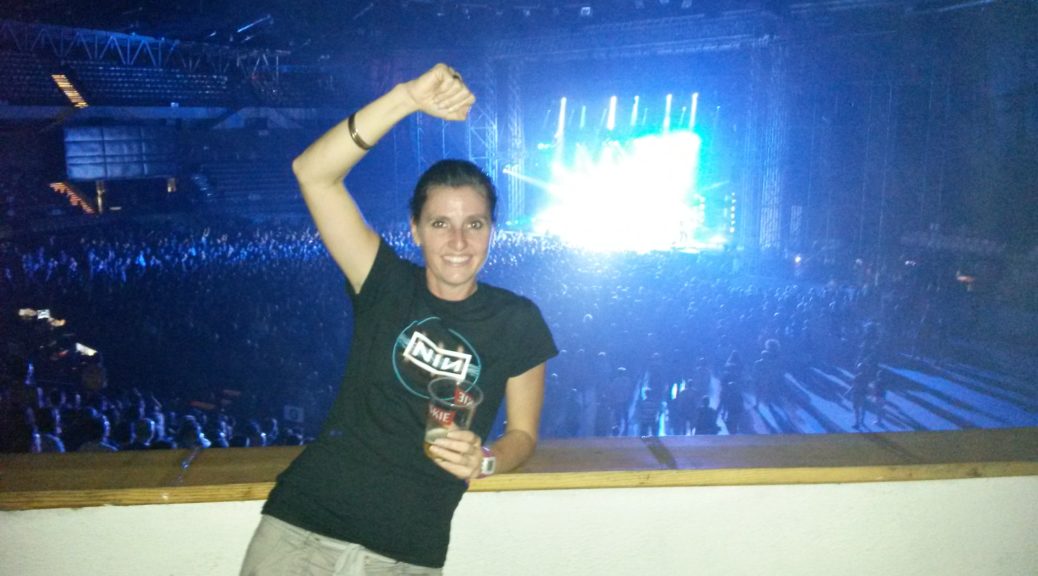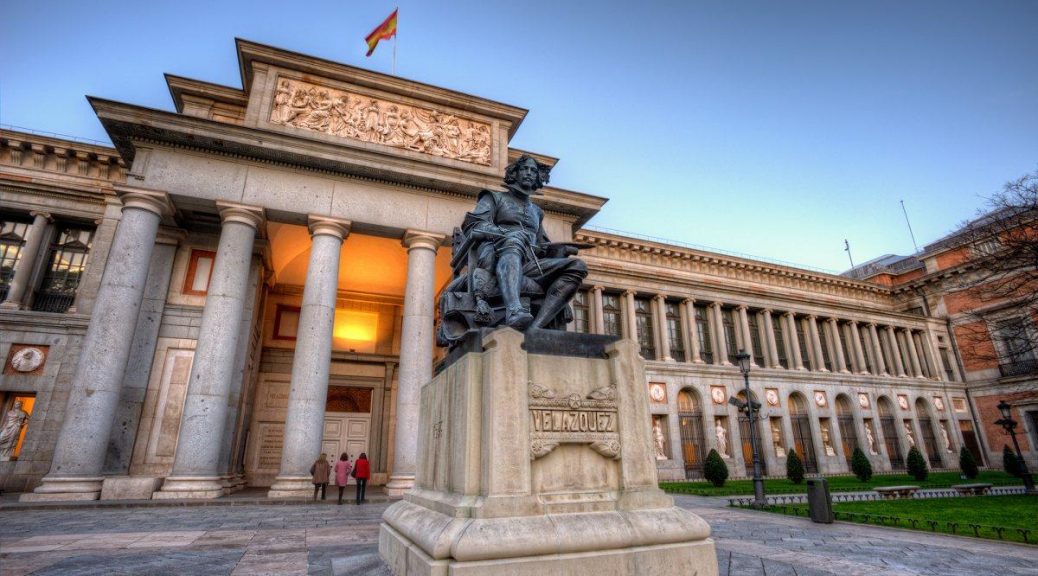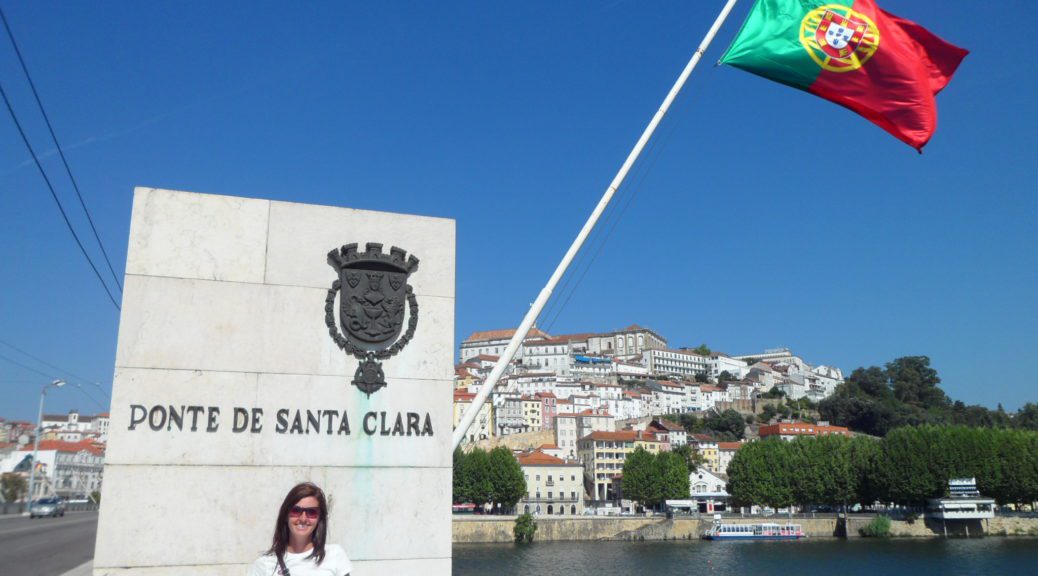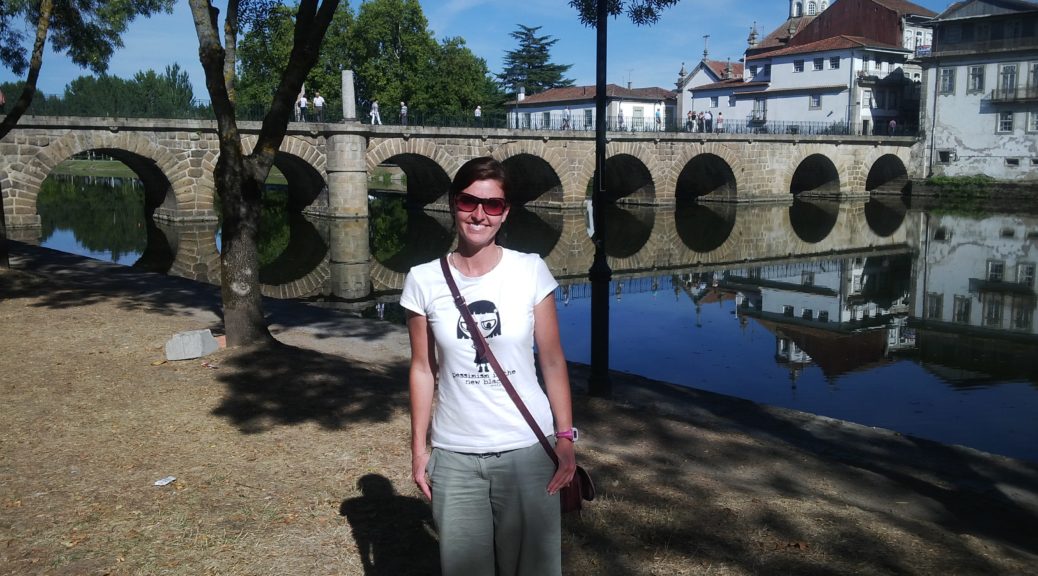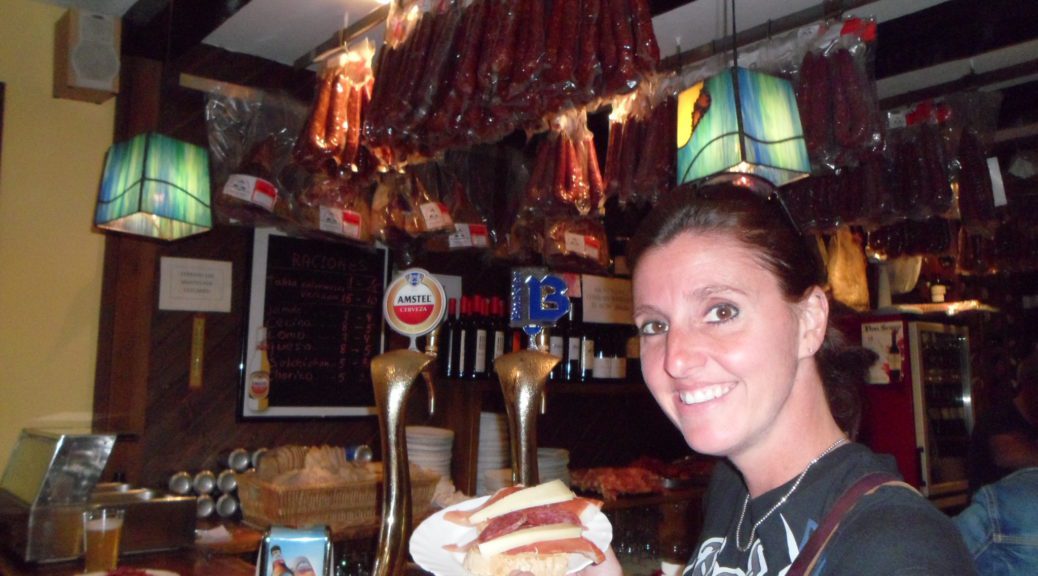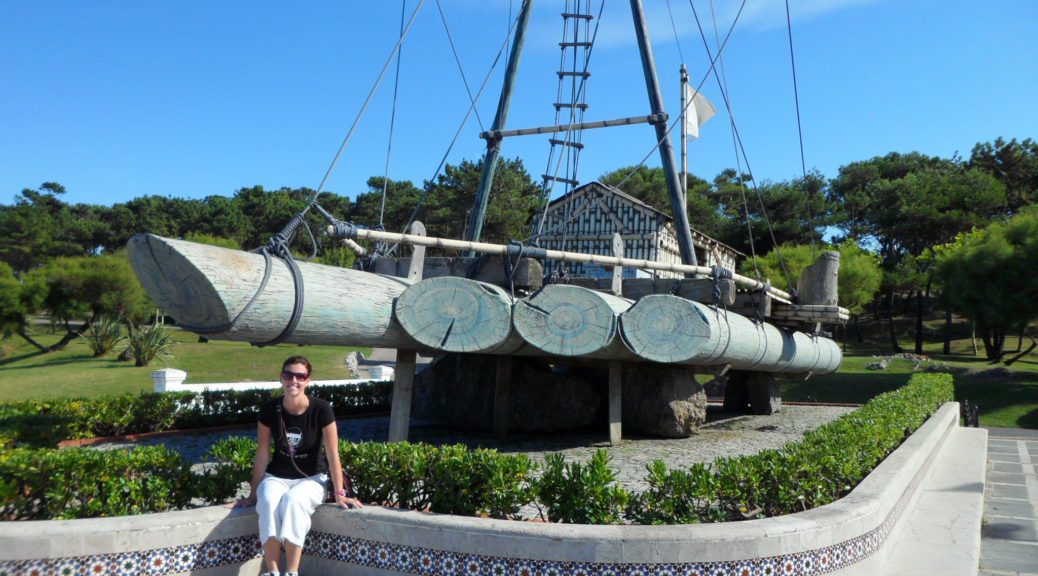KRAKOW
06-09 June 2014
I was lucky enough to be surprised with a trip to Poland for my birthday, ostensibly to go and see Nine Inch Nails, a lifelong favourite band.
While a week surely seems long enough to go to a concert, once we started researching all there is to see and do, I was worried we’d be short on time. Our first eager-beaver landlord must’ve thought so too as he called me on Thursday at 14h30, enquiring my whereabouts and was surprised when I said “Johannesburg” as he was at the airport waiting for us – a full day early!
That must really thrown him off as he then forgot to fetch Alex and Robbie, who were flying in to join us for the weekend in Krakow and who he’d committed to collect at midnight. Tables were turned when he got their call, waking him up! He gave them details on a taxi company and they ended up getting a taxi cheaper than the committed transfer.
We were very excited to hear the news that our apartment – and indeed all of Krakow – gave first impression of being a winner.
We got this news update text message from our friends while we were connecting in Dubai, having flown Emirates as usual. We still had 2 flights ahead of us, to get to Warsaw and then on to Krakow, but the journey was easy enough and soon it was 15h30 and we’d landed and were manning the only carousel in the modest Krakow Airport Arrivals terminal, eager to get our bags and start our Polska adventure.
We’d anticipated a relatively long transfer into town, having been told that traffic would be “very bad” at that time of the afternoon, but 20 minutes along a windy single lane road flanked thickly with trees on either side and we were in the Jewish Quarter, mounting a pavement (as seems conventional) on Bozego Ciala Street outside our residence. We wasted little time offloading our bags (mercifully light at a record 11kg and some change each) and were promptly gazelling up the four flights of stairs (no lift!) to the welcoming arms of our friends… and an induction Polish Vodka shot!
There’s always much excitement when we reunite and this time was no different. Animated chatter and feverish catching-up on our marvellous balcony, over snacks and chilled beers and punctuated with Vodka shots with orange wedge chasers.
Lix and RoRo had, despite their late arrival, done a remarkable reconnaissance job the night before – and it was soon clear that the good people of Krakow had done more than their fair share to make sure that this was so. The city is as alive at night as during the day and our apartment had a 24-hour bottle store and an “open until the last person leaves” pub downstairs with numerous other entertainment options along the road, round the corner and on the rooftops.
We’d decided to start the evening with the Plac Nowy (square), literally around the corner from us… but we didn’t even get that far, being lured in by a gorgeous little beer garden on Meiselsa Street that connected us there. It seemed like the perfect place for a sundowner – and the perfect time, despite being about 8pm already, since the sun was still up and it was still bright as day! We had a lovely time at a cosy table nestled under a big old tree with low hanging branches creating a lush green ceiling.
By stark contrast, the next place we visited – one of many on the Square – was a dark tavern, relying on candlelight even in the daytime to provide the murky glow. Still charming though, in its own way.
I ended off my evening at (what we called) The Robert Smith Pub, so named for the psychedelic portrait of said hero on the wall in the main bar.
By now the vodkas had done their mileage and the gals headed back to the flat, while the boys went to forage for food. Some time later they arrived with toasties, but I was out for the count already, so the only evidence of the mission was the 2 empty plates in the morning (delivery vehicle of the clearly unplanned take-away!) and a single lonely cherry tomato that had made its escape from the plate on the stairs at the front door (which remained there for much of our stay).
SATURDAY
Saturday saw a slow start thanks to Friday’s antics – much to my chagrin, waking starving from having missed dinner the previous night. Christian and I eventually pulled ourselves together enough to take to the streets to gather supplies for a “simple” bacon buttie brekkie. Easier said than done.
No problem finding a shop (as with everything else, conveniently just around the corner), but once at the shop everything was complicated (on an already self-complicated day!) We managed to find the bread (flat oval loaves, not square ones like ones like have at home), cheese (marked “Salami”), butter (which turned out to be garlic butter), ketchup (which ended up being pimento-flavoured) and orange juice relatively easily, but couldn’t find bacon anywhere (!!!)
Weirdly, there is no pre-packaged meat at all, with all meat offerings behind the (single) butchery/deli counter. An enormous amount of choice considering the space – mostly sausages and cold meats, but also all the essentials from a red meat and chicken point of view.
We couldn’t see anything that looked like bacon and got got a blank stare when we asked for it. Christian asked the butcher lady if she spoke English; she nodded and said “f*@#” and the other 2 deli ladies roared with laughter. Clearly on our own, we ended up with white Kielbasa (the only ones that looked like they could be cooked, the rest looked like Russians or Franks) and Krakowska Kielbasa (which looked like ham).
Worked out OK in the end, with a delicious ham and cheese sandwich and a sausage sandwich each to show for our labours.
Good humour restored, we were newly motivated to take on the sights of Krakow. There was a tourist map on our coffee table that confirmed what I had ascertained from the accommodation search – the 2 big areas of interest are the Stare Miasto (the Old Town) and the Jewish Quarter (where we were staying) with one or two other things off to the sides.
We started with a walk through the Jewish Quarter, taking in all the many old and beautiful churches and temples. Krakow is a remarkable place being an ancient city relatively unharmed during World War II, so having much of its centuries-old history and landmarks perfectly preserved – and accessible to anyone and everyone. This can surely also only be possible with the support of a respectful and responsible people, which is evident but the noticeable pristine maintenance of the city, with no litter anywhere!
We walked down to the Wisla River and enjoyed a stroll along the wide promenade, alongside a good number of Krakowians out taking a walk / cycle or sunning themselves on the grassy banks. It was a perfect day – not too hot, with textbook blue skies – and we’d walked all the way around the peninsula to the base of Wawel Castle, so we stopped to have a cold drink on one of the many bankside barges with rooftop cafés.
Refreshed, we walked around the inside of the castle complex with its famous Royal residence and cathedral and enjoyed the spectacular views over the Dragon’s Den. This deposited us at the bottom of the Planty (park) that runs in a light bulb shape around the entire boundary of the Old Town. The Planty is divine – a thick, lush green avenue with lots of benches and places to sit and enjoy and wide smooth walkways to easily traverse the town as an experience rather than a chore.
Our destination was the middle of town – Rynek Glowny, the Main Market Square – and we were there in less than 10 minutes. Alex and Robbie went up St Mary’s Basilica while we went on the hunt for a tour operator (for an Auschwitz tour for the following day) and some Pierogi (stuffed dumplings, already a day overdue). We had no trouble with either mission and 15 minutes later were reunited and in the Number 7 bar beer garden, with beers and Pierogi (one portion filled with meat and another with cheese) on order.
I left the gang and went off to shop for souvenirs at the legendary Cloth Hall at the centre of Market Square and soon returned with arms laden with bags of goodies. Poland is mercifully cheap even travelling on the Rand!!
We’d spent the whole day skirting around the idea of having a hangover curry, with only the faintest hint of conscience at needing to have a traditional Polish meal instead. Now, having ticked the Pierogi box, we felt vindicated and succumbed to going to Roti Roti (their menu was also on our coffee table and had planted the idea in the morning). Our karma must’ve been good as we stumbled on a Carrefour en route and managed to secure their only 3 packets of bacon! Streaky, thin-cut and only 150g per pack, but still… it was bacon!
The curry was good, the setting fun (we had their single wooden table on the pavement, with a hand-painted map of India on it), the ordering complicated (our waitress’s English was only marginally better than our Polish! And the restaurant was out of Masala, which limited options somewhat) and the company superlative, so a great time was had by all.
We wound our way back home, with the obligatory stop-in at The Robert Smith Pub, but didn’t make a big night of it seeing as we had our Auschwitz tour early in the morning.
SUNDAY
Bacon butties!
The flat oval loaf bread turned out to be really good – soft on the inside with a nice chewy crust – and garlic butter and pimento ketchup fortunately all complimented each other, as well as the thin cut streaky bacon (which we gluttonous devoured all 3 packs of for breakfast!)
Exemplary tourists, we were outside and waiting when our driver arrived to fetch us at 9 on the nose. The same cannot be said for the other 4 passengers in our party, who kept us waiting for 15 mins outside the Hilton while they smoked! We took an instant dislike to them and didn’t engage with them at all on the hour-long journey to Auschwitz.
What an amazing excursion. I’m not much of a history buff, but you can’t help but have a mental image of what the place will be like. Having seen countless black and white images in textbooks and on TV of Jews and other prisoners being trundled along train platforms, stripped, counted, marked and worked to emaciation; having learned and regurgitated stats on the number of people that were delivered to these camps and the very different numbers on how many left; having heard the stories of what the Germans soldiers did to and how the German doctors experimented on these people…. none prepares you for actually being there.
The planning, design and development are truly a testament to Germany efficiency. The camp is so much bigger than I would have thought. And super structured, symmetrical and organised. Everything accounted for and everything in its place. The buildings all still standing and in perfect condition – a credit to the Polish government for declaring the site a museum in 1947, when they could just as easily have torn it down.
There is a sign at the entrance that says something to the effect of forgetting about what happened opening the door to it being able to happen again. What’s really scary is that this compound was built to last this long! Had history turned out differently, who would be there now? Would Hitler have continued the genocide, taking it further afield (he was already bringing in train loads from Norway and Greece, over a thousand miles away!) or finding new blights to remove from his world??
The Auschwitz tour is, hardly surprisingly, very well laid out and executed and you see and learn a lot in the 2 hours, being led in and out of buildings, each with different stories and artefacts. Some astounding exhibits that have to be seen to be believed like the goods removed from prisoners, including the 90,000 shoes, 40m X 6m room of suitcases, mountains of spectacles, (wooden) toothbrushes, dolls… and the room of 7 tons of human hair that the Germans were cutting off the women before they were executed and selling to make hair cloth!
Other absurdities like the court and jail in the compound. It’s farcical to have run these token hearings when nobody was given a chance to defend themselves and everyone was found guilty and condemned to gallows or firing squad. The inhabitants of the jail were sentenced to death by starvation and the lucky ones either asphyxiated from the poor ventilation or froze to death on the stone floors in winter.
Truly atrocious. And so scary that it was all so organised and out in the open – not like the Killing Fields we saw in Cambodia that at least had the decency to be secretive and hidden!
Worse than Auschwitz I though was Auschwitz ll – Birkenau. Somehow at school it was the poor cousin to Auschwitz, where in real life it is quite the opposite. It’s enormous and was an outright deathcamp, complete with gas chambers and incinerators, on mammoth scale.
The purpose-built tracks saw trains pulled into the central platform whereupon a doctor decided by inspection who was well enough to work and who not. Being one of the 70% on the “not” list could make your stay at Birkenau less than 3 hours! You arrived, were separated from your stuff, herded into the queue, told you were going to be disinfected, stripped, gassed and incinerated. Making the other queue (a man healthy enough to work) gave you an average life expectancy of 3 to 6 months, doing hard labour on about 600 calories a day (a fraction of what you need to survive) so that you worked/starved yourself to death, if the cold / disease / rats didn’t get you first.
The Polish climate is not ideal for the prisoners either – very hot and humid summers and bitterly cold winters. By a cruel twist of fate the winter of 1942 was one of the coldest ever, with temperatures dropping to -40s! It was a very warm day yesterday – but by no means the worst summer has to offer – and we each had a litre of water over the 3 hours of the tour. The prisoners were given none. They resorted to drinking from muddy puddles after the rain and melting snow.
The cruelty and the indignity that those poor prisoners were subjected to. It’s shameful that people can do that to other people (and it took a *lot* of people to run that machine, with over 7,000 SS soldiers based at Auschwitz alone). The wording on the door at the entrance was right; we can’t change what happened, but we can prevent it from happening again. And experiencing it firsthand really brings the history to life. It’s a pity more young people don’t have access to travel to see these things or I’m sure – maybe over-optimistically – that the world would be a better place.
What was a better place was Market Square, and that’s where we got our driver to drop us off after the tour. We’d located the 2 Irish pubs in town and thought those to be the perfect mission to follow such a serious day.
The first one, Mbassy, was just off the main market square, in Stolarska Street. It was nice enough – the Guinness fresh and cold, the decor predictable, the atmosphere average. It only held our attention long enough to log a pint on our Guinness Index.
Alex and I had done a quick reccie in the adjacent little square (Maly Rynek), where there was a stage and some stalls erected in what seemed like a mini summer Sunday festival. We found an incredible food stall, retrieved the boys and relocated to the bench tables on the Square for a tapas of sorts of glazed mini pork roast, giant mushrooms, pierogi and Kielbasa. YUM!
We then continued to the second Irish pub (creatively named The Irish Pub) where we were lucky enough to catch SA vs UK darts on the telly which was as good and reason as any to settle in. Quite by accident we spotted the Florian Gate at the end of the road, which warranted a visit for the sake of completeness, being the last actual landmark place of interest on the tourist map.
This left us at the most northerly point of town, so we walked along the Planty to enter the town from the West to find a pub recommended in the guide, called BaniaLuka, known for its festive crowds drawn by the 1 Euro drinks and 2 Euro meals. We were having a much easier time with the map since Anglocising all the road names. For example, BaniaLuka was much easier to find on Ski Pants Street than on Szczepanska Street!
The place was a bit of an oversell, although granted the guide did push its second main virtue (after bargain booze) as it being open 24 hours, so more the fool us for arriving sober in the harsh light of day.
We decided instead that the right mission was to hunt down a gabolki (meats and rice in cabbage parcel baked in a tomato sauce) closer to home in the Jewish Quarter, so off we set across the Stare Miasto, through the beautiful shopping streets and along the now-familiar Stradomska Street to our ‘burb… halted only in our mission by the quest for a loo.
We found a tiny bar, which had an online jukebox, so we had to stay and do a Furtado dance (to show Lix and RoRo what all the fuss is about). We asked the barman for the best gabolki restaurants nearby and when he recommended Kuchnia Domowa (“Dorothy Kitchen”, a good omen indeed being Christian’s mom’s name) a couple of hundred metres down the road, we were sold!
And a good choice it was too! We shared meat and cheese pierogi and had the much-anticipated golabki… and it was delicious!
But obviously must have been very light as it didn’t take much more merrymaking before we were queued up at the zapiekanki stalls in the middle of our local square. Zapiekanki is a toasted baguette with melted cheese poured over it, then covered with mushrooms and ketchup and other toppings of choice. We kept it simple and just added pepperoni. What a perfect midnight snack!
MONDAY
On our last morning, the only thing left undone was a visit to Schindler( of List fame)’s factory, so we got up and out and trekked across the bridge to Podgorze to find it. It’s not as well sign posted as you’d expect, so we had some challenges, but we found it in the end. It’s been turned into a museum, but we were too short on time the help give it much attention.
We instead caught a cab back to our spot to have a decent breakfast before going our separate ways. Despite really really really wanting a Full English, I had the Polish breakfast, which turned out to be really good (and not too experimental) as a pair of fried eggs, toast, ham, cheese and cottage cheese with chives and cucumber diced in it (sort of like tsatziki).
We’d timed everything perfectly and had 10 minutes to spare to go up and get Lix and RoRo’s bags to meet the driver at 12. Christian and I jumped in the car too and got dropped off at the train station to see what time we should leave for Katowice. Fortunately, there was a 13h48 train which allowed a generous amount of time for us to get back and gather our things, drop off the keys and get back. We were delighted to find as well that the tickets – for both of us – came to 26 Zloty, which is only about R70!
